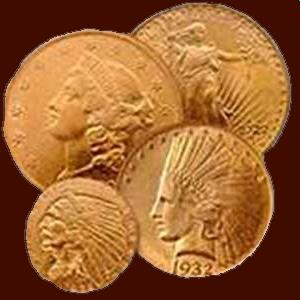







Anglo-Saxon - Identification
Powered By Sispro1

Copyright All Rights Reserved by Nigel G Wilcox E-Mail: ngwilcox100@gmail.com
Looking After Your Finds - Norfolk - Shilling
Designed by Nigel G Wilcox
Complimentary Topics
The Paragon Of Metal Detecting
& Archaeology
& Archaeology
Pages
Anglo-Saxon Finds
Main Coin Menu

Anglo-Saxon Coins
Member NCMD
Anglo-Saxon Menu

A new type of coin that synthesizes Christian and Pagan iconography has been discovered by a metal detectorist near Norwich. Dating to between 640 to 660 A.D., the shilling (also known as thrymsa) is the oldest known Anglo-Saxon East Anglian coin.
A new type of coin that synthesizes Christian and Pagan iconography has been discovered by a metal detectorist near Norwich. Dating to between 640 to 660 A.D., the shilling (also known as thrymsa) is the oldest known Anglo-Saxon East Anglian coin.
The obverse features a man wearing a diadem, a rough copy of how Roman emperors were depicted on coins. His legs are crossed as if dancing a jig. In his left hand is a cross over three interlocking triangles, a device known as a valknut thought to represent Odin as king of the dead.
The reverse has a cross embedded in and linking up to a quatrefoil shape. There s an inscription that is not actually words, just Latin-like characters made in imitation of Roman coinage. The coin was struck at a time when Christianity was beginning to
Metallurgical analysis found it is between 56% and 60% gold, which is double the gold content found in similar coins from the period. The relatively high purity and the diademed bust indicate this was a royal coinage. Numismatic expert Dr. Adrian Marsden from the Norfolk Historic Environment Service:
"I think that this shilling does stand at the head of an East Anglian Royal coinage that quickly as the kingdom became Christian got rid of the valknut and retained the cross. The new coin straddles two eras, the Pagan and the Christian. In a way it encapsulates the Mound II burial at Sutton Hoo, with its incorporation of Pagan and Christian imagery."
Norwich Castle Museum hopes to acquire the coin for its collection.
The obverse features a man wearing a diadem, a rough copy of how Roman emperors were depicted on coins. His legs are crossed as if dancing a jig. In his left hand is a cross over three interlocking triangles, a device known as a valknut thought to represent Odin as king of the dead.
The reverse has a cross embedded in and linking up to a quatrefoil shape. There s an inscription that is not actually words, just Latin-like characters made in imitation of Roman coinage. The coin was struck at a time when Christianity was beginning to
Metallurgical analysis found it is between 56% and 60% gold, which is double the gold content found in similar coins from the period. The relatively high purity and the diademed bust indicate this was a royal coinage. Numismatic expert Dr. Adrian Marsden from the Norfolk Historic Environment Service:
"I think that this shilling does stand at the head of an East Anglian Royal coinage that quickly as the kingdom became Christian got rid of the valknut and retained the cross. The new coin straddles two eras, the Pagan and the Christian. In a way it encapsulates the Mound II burial at Sutton Hoo, with its incorporation of Pagan and Christian imagery."
Norwich Castle Museum hopes to acquire the coin for its collection.
Courtesy: The History Blog 12th June 2025





















